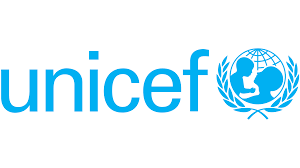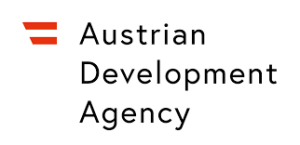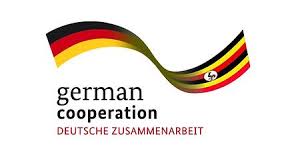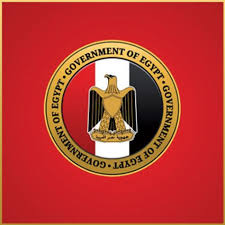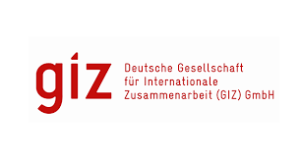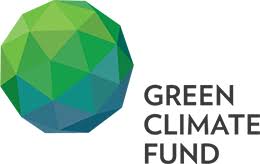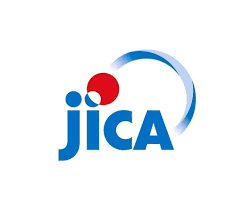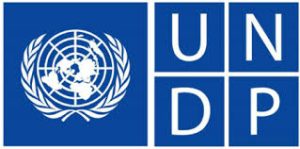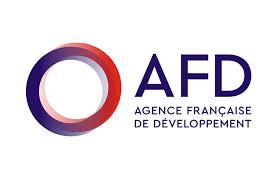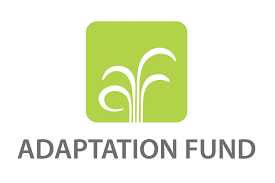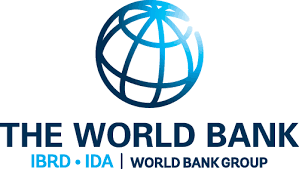REDD+
REDD+ is an acronym for Reducing of Emissions from Deforestation and forest Degradation. The plus sign (+) stands for the role of Conservation, Sustainable Forest Management and Enhancement of Carbon Stocks (REDD+). The (+) enhances the land’s capacity for carbon storage through activities that improve forest health. In addition to carbon stocks being protected by avoiding forest damage and or clearing of entire forests, measures such as better forest management, conservation, restoration, and afforestation also increase carbon stocks. Read the Redd+ Programme writeup in the publications on this page.
Biomass Degradation in Uganda-Annex 9
Uganda has a rich source of data from a variety of forest inventories that have been conducted over the last twenty years and therefore is fortunate enough to be able to analyse the occurrence of forest degradation in some of the inventory sites that have been revisited over the years.
Resettlement Process Framework for Uganda’s National REDD+ Strategy and Action Plan
Uganda has completed drafting its National REDD+ Strategy and Implementation Plan, Feedback Grievance and Redress Mechanism (FGRM), Benefit Sharing Arrangements (BSA), Strategic Environmental and Social Assessment (SESA), and the Environmental and Social Management Framework (ESMF). The implementation of REDD+ National strategy as a long-term measure for tackling deforestation and forest degradation, while meeting the demands for wood, energy and other forest products may come with displacement of people. Some of the REDD+ options may cause displacements; it is therefore necessary to have a Resettlement Policy Framework (RPF) to provide guidance.
Safeguards Information System for National REDD+
Parties to the United Nations Framework Convention on Climate Change (UNFCCC) agreed at the Conference of Parties (COP) in Cancun in December 2010 to promote and support seven safeguards when undertaking REDD+ activities and requested countries to develop a system for providing information on how these safeguards are being addressed and respected throughout the implementation of REDD+ activities. Uganda is developing a Safeguards Information System (SIS) to meet this commitment
Indigenous Peoples’ Planning Framework June 2021
The realization of REDD+ Strategies in Uganda requires inclusion and participation of every stakeholder that matters, affected or may be affected. However, the inclusion and participation of the forest dependent indigenous peoples (FDIP) tend to be very limited in the current planning processes. In view of this, what would be very important for FDIP, and have impacts in their livelihoods and rights are either not captured or addressed inappropriately.
Process Framework for Implementation of Uganda’s National REDD+ Programme
As per the World Bank environmental and social risks screening, the Government of Uganda is required to develop a Process Framework (PF). A process framework is prepared when Bank-supported projects may cause restrictions in access to natural resources in legally designated protected areas. The purpose of the process framework is to establish a process by which members of potentially affected communities participate in design of project components, determination of measures necessary to achieve the objectives of ESS5 (see box below), and implementation and monitoring of relevant project activities.
Feedback and Grievance Redress Mechanism
A Grievance refers to a complaint, a feeling of dissatisfaction, an injustice, a wrong doing, an accusation, or criticism. It may include queries, suggestions and comments. A grievance may be mistaken to be “a case”, however, the two concepts are different. A case is a question contested before Courts of justice or an equivalent legal process.
 Official Website of the Ministry of Water and Environment
Official Website of the Ministry of Water and Environment




